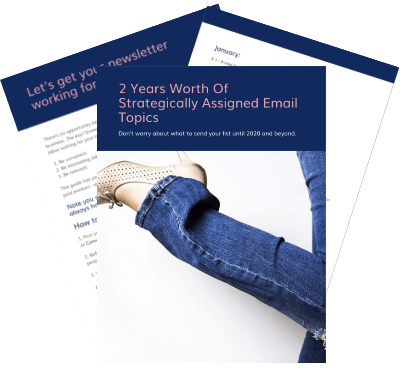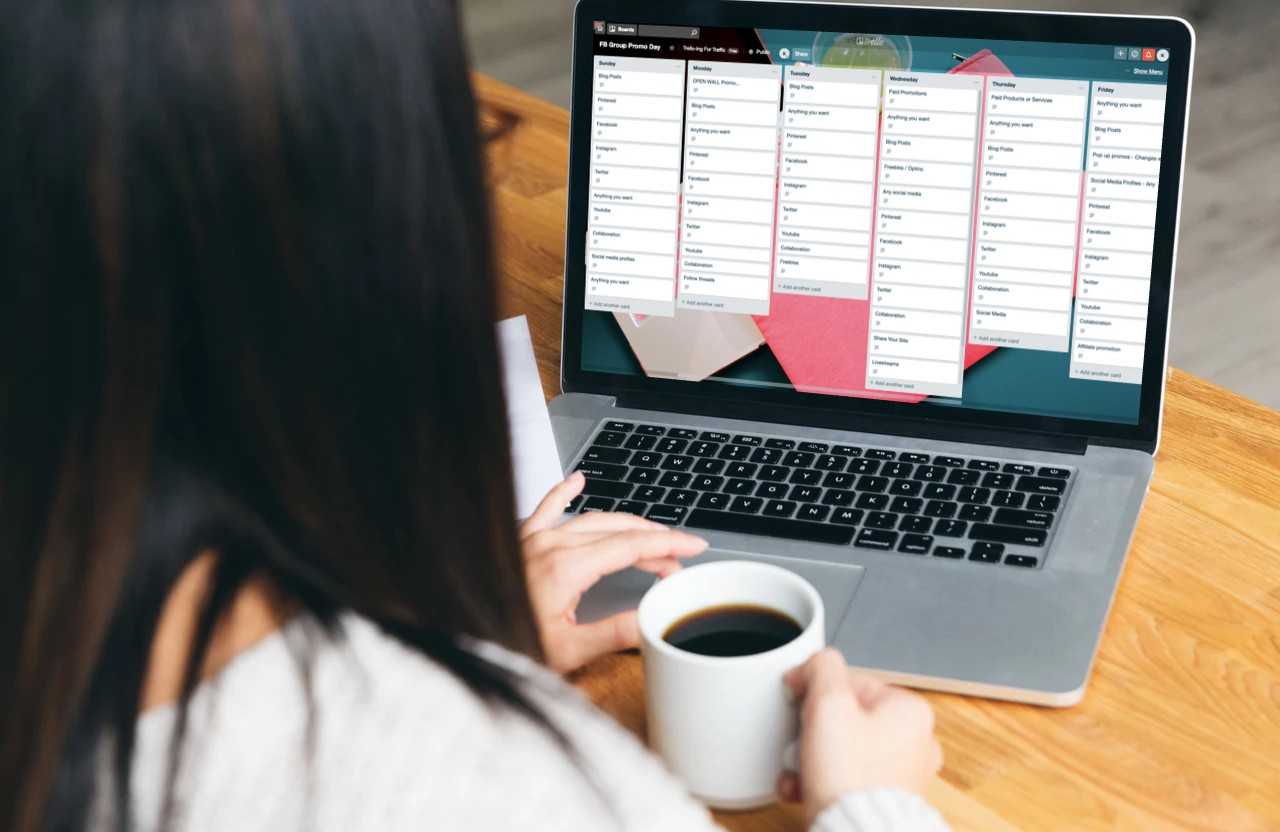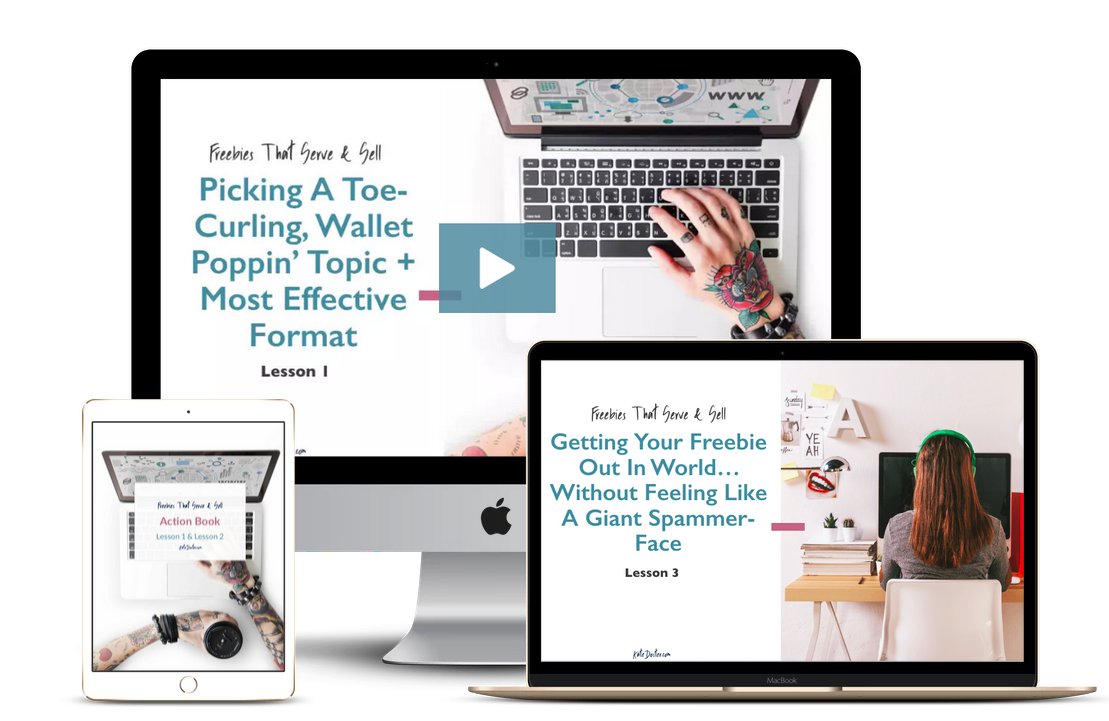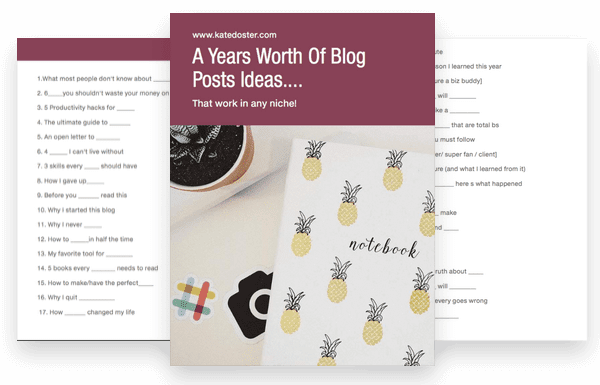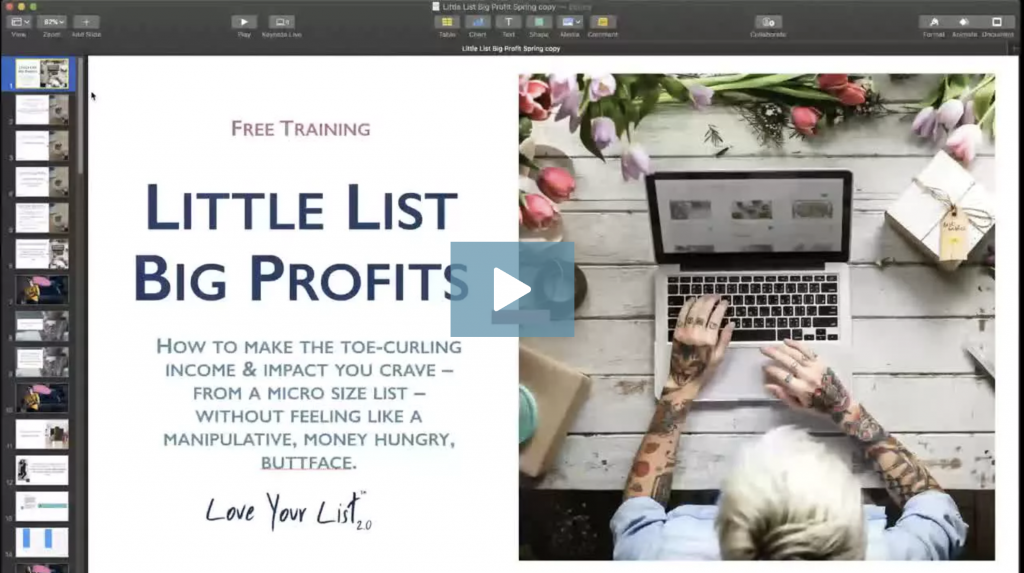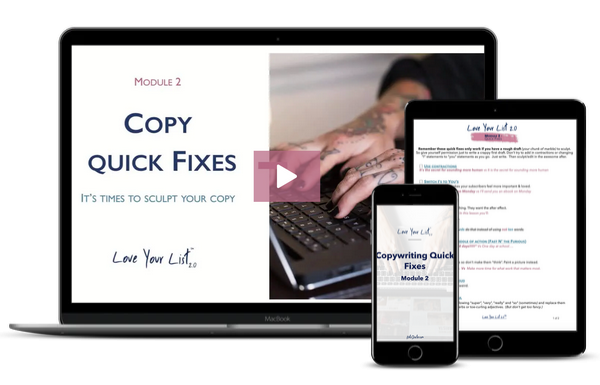Have you ever wondered if you can resend emails?
Or a whole bunch of other questions when it comes to email marketing and running a business… Grab your coffee and get cozy because I’m spilling the beans on all of your burning questions.
Between my Facebook Group and my inbox, I get tons of questions about the finer points when it comes to email marketing, running a business and tech questions. We’re going to dive into some of the most popular questions one by one, starting with emails (of course!).
The email marketing questions we’re answering today are:
1. Can you reuse emails?
2. What’s the difference between a welcome series & sales funnel?
3. How many “value” emails you must send before sending a “sales” email?
4. What to send your list when you don’t have anything to sell
5. Do you really have to niche down to be successful?
6. Is there a way to sell your ebook or digital products for free?
7. What do I use to sell my digital products? Why I’m switching platforms.
Can I reuse emails?
Of course, you always want to have fresh spins and takes on your email content but you’ll end up talking about the same things over and over again. For me, it’s open rates, subject lines, and all things email marketing.
If you’re sending real-time emails every week, you ARE going to repeat yourself (as you should) but remember that the people who signed up last week didn’t get the email about your amazing thing that you sent last February. Another thing is that people like hearing the same thing over and over again.
Let’s say that you include a tip that is easy to implement and makes an impact for your people, you can recycle that tip occasionally by putting a slightly different spin on it or wording it differently or giving them another reason to implement that tip.
Personally, when it comes to my launch emails, I use the basic structure over and over again and change up the stories or the insights but for the most part, they are the same.
Just make sure that if you’re sending out a repeat newsletter, that anything that is date-specific that you take anything out. You don’t want to send your list a story about how you and the kids were just playing at the water park when it’s clearly not water-park weather right now.
What’s the difference between a ‘Welcome Series’ and an email sales funnel?
A welcome series is like having a house party. When people get there, you make some introductions and show them around the house, right? You might show them where the bathroom is and where they can find the kitchen (after all, those are the most important rooms, right?).
Your welcome series has the same purpose. You want your subscribers to feel welcome and comfortable. Your welcome series is a set of automated messages you send after people get your freebie You might start off by introducing them to a favorite blog post or resource, you’ll be answering questions that you know they have and you can casually mention products you have like e-books. These emails can make sales for you but you’re not focused on making sales. They are casual and friendly.
On the other hand, an email sales funnel is laser-focused on getting your audience to take one specific action like purchase a program or product. At the beginning of your email funnel, your emails might be more information-based and give them value but towards the end, your goal is to make sales. Sales funnels have FAQs, you’ll be busting their assumptions, sharing testimonials & shout-outs where you’re showcasing the results people get with your products.
Your job is to give people the best help you can give them and that means selling your product, right? Your email sales funnel helps you make that happen without you having to do any additional work once it’s set up.
The great thing is that you can bake the two of them together. Having a general welcome series to put people through after they go through your sales funnel is a smart move. Maybe they weren’t interested or it wasn’t the right time for what you have to offer in your sales funnel. They might not know you have a YouTube channel or a blog or a podcast and your welcome series after your sales funnel is a good way to get people to know, like and trust you even when they don’t purchase from you. The good news is, these same people will be there for your next launch and are more likely to buy from you then!
Speaking of sales funnels and welcome series…
How many value emails do you send before you pitch or sell a product?
None. I pitch on the Thank You page, in my welcome emails, in my freebies – basically anywhere that it makes sense for my people to want a little more help.
When it comes to knowing when to make your offers is your mindset. If you come from a place of helping people, selling will feel a lot more natural to you and you’ll be more confident to put your offers out there so you can help more people.
To add a soft sell or pitch in your welcome email or on your Thank You page, all you need to do is put it out there in a way that lets your people know that you are there to help and you have a solution for their struggle. You might say something like:
“If you’re struggling with XXXX (problem) and you want XXXX (result) and you just wish you had a little help, here is XXXX (low price product)”
When you’re selling early, you’re not pushing it and you’re not hitting their inbox with a ton of testimonials or sales pitches. It’s a soft sell. It’s an offer. You’re just letting them know that your product can help and it’s available if they are interested.
On the other hand, when you bust into someone’s email inbox and you’re slapping the exclamation button and you’re talking about how great you are, you’re going to turn people off and not make any sales. Not to mention you’ll lose a ton of subscribers.
If you approach selling from a place of helping your people, you can literally pitch in every single email, even if you’re not asking for money. After all, you’re asking them to reply back, or click a link or share on Pinterest, right? Asking for action is asking for attention which isn’t much different than asking for money when it comes down to it.
Always think of your person and what they need, what their biggest struggles are and what’s holding them back (your ‘yea, buts’) and then you can sell in every email… why wouldn’t you?

What if you don’t have anything to sell, what do you send your list?
If you don’t have anything to sell yet, you need to think of your monetization strategy which is just a fancy way of saying how to make money. When you’re in between launches, you can send people to your podcast, share quick tips or share some behind the scenes moments with them.
Another thing to consider when you don’t have anything to sell is that it’s your job to sell yourself as an expert or at least someone that needs to be in their inbox. Keep sharing tips, blog posts, stories that relate to your niche and anything else that establishes you as the go-to person when it comes to their problem.
If your income relies on website traffic, of course, you’re going to be sending them to your website but I recommend that at least a quarter of your emails, you keep the experience inside of their inbox. You might ask them what they want to see from you in the future or any other questions that are relevant. Not everyone will answer but the ones who do, make them feel extra special by replying to them personally – or my favorite, send a Loom video answering their question.
If you’re still stuck, head on over to katedoster.com/2years for ideas on what to send your list every week for 2 years. There are 104 FREE email prompts broken down by week and month so you never have to worry about what to send your email list again.
Can you resend the same email?
What do you do if someone doesn’t open your emails? Can you resend the same email to the people who didn’t open it after 3-4 days?
Some people do this every single time. I personally don’t unless it’s something super-important. For example, if I have a webinar invite or a challenge, I want to make sure everyone knows about it. Give them at least 3-4 days and then resend away.
Do I have to niche down?
When it comes to niching down, the more specific you are, the more powerful your message will be. You will be more passionate about speaking because you know that your message is aimed at a very specific person.
For example, one of my Love Your List students helps moms and she was asking if she should niche down to single moms. Think about the different challenges single moms face that the other moms don’t. When you have a very specific niche, you don’t have to worry as much about offending anyone or saying the wrong thing because you are speaking directly to the needs and struggles of your people instead of speaking to a broader audience.
When niching down, ask yourself:
Who lights you up?
Who sparks your fire?
What do I want to talk about?
Don’t worry about trying to attract a broader audience, just focus on helping exactly who you are here to help. Your people will know that you cater just to them and you’ll get traction a whole lot faster and easier.
You’ll also find that you’ll finesse and focus your niche even further as you go. That’s completely normal. As your business evolves and as you grow, your niche will change right along with you.
How can I sell my course or ebook for free?
This is one of those tech questions I get all the time. Of course, we all want to have the biggest profit margins possible and finding a free option to sell our courses or content seems like a good way to save a buck, right?
The problem with going with something for free is that it can be janky. It’s not always going to work right and the user experience from their perspective isn’t going to be that great either. When you aren’t 100% sure that your software is going to work and you’re slightly embarrassed about the way it looks, you’re also not as confident when it comes to offering your product in the first place.
I believe that when you have skin in the game, you will sell more anyway. When you’re paying a monthly fee, you’re going to be more likely to sell your products, even if that monthly fee is minimal.
There are a ton of options when it comes to selling digital products. Don’t waste your time waffling from one option to the other, just pick one that works for you and go with it.
For e-books, I recommend PayHip. You can sign up for free and the monthly plans start at $29 for unlimited products.
Another option for e-books is DPD (Digital Product Download). For just $10 a month, you can sell up to 20 products with unlimited sales.
You can sell digital products and subscriptions with SendOwl for as little $15 a month and you can even have affiliates to make even more money!
For course creators, you have several options. My favorites are Teachable, Thinkific and Podia.
At only $40 a month, Podia is the most robust and their customer service is excellent. I’m actually moving my courses over to Podia for my next launch because of how robust their platform is.
The thing to remember is that it’s worth it not to jerry-rig it when it comes to the platform you choose to sell your courses, e-books, memberships or anything else you’re offering to your people. You don’t have to spend a ton of money or go to a higher tier plan like $79 or $99 a month to have a solid sales platform and good user experience but you’re going to want to spend some money to make it right for your people.
How do you host your courses?
Currently, everything I offer is inside ‘The Vault’. The Vault is self-hosted on my WordPress website using a plugin called Access Ally.
Access Ally for self-hosting is currently $990 a year for their “Essentials” package.
While it was a great solution at the time, it’s just not working for me anymore. With Access Ally, any time you add a new page, you have to go back and manually update all of the menus and any other pages and it’s become a huge hassle. Not only that but when you self-host with any plugin, you’ll also need to consider that you’ll need a separate video hosting provider if you’re offering videos along with your content.
With all of that, it just makes more sense for me to move to Podia. If you’re a course creator and you want to give Podia a try, go to KateDoster.com/podia for a 2-week trial to see if it’s right for you.
Just keep in mind that it’s so important to get your work out there. One of my Love Your List students finally launched her course and it changed the lives of 8 couples. She helps people who are having trouble in their relationships. That’s huge. The kids’ lives will be impacted forever because she helped these families stay together. That’s the trickle-down effect I’ve had by releasing my course. What is your mission? How many lives can you change for the better by getting your work out there in the world?
To do that, you’re going to need systems that are not going to break (like my video hosting did!) and it’s worth it to invest in your technology.
I hope I’ve answered some of the burning questions you’ve wanted to ask. I’ll be making another post like this with even more questions in the future. Do you have a question you want answered? Head on over to KateDoster.com/ask to submit your question about email marketing, list building, copywriting, funnels or anything else business-y. Who knows, your question might even get featured on the Inbox Besties podcast!




